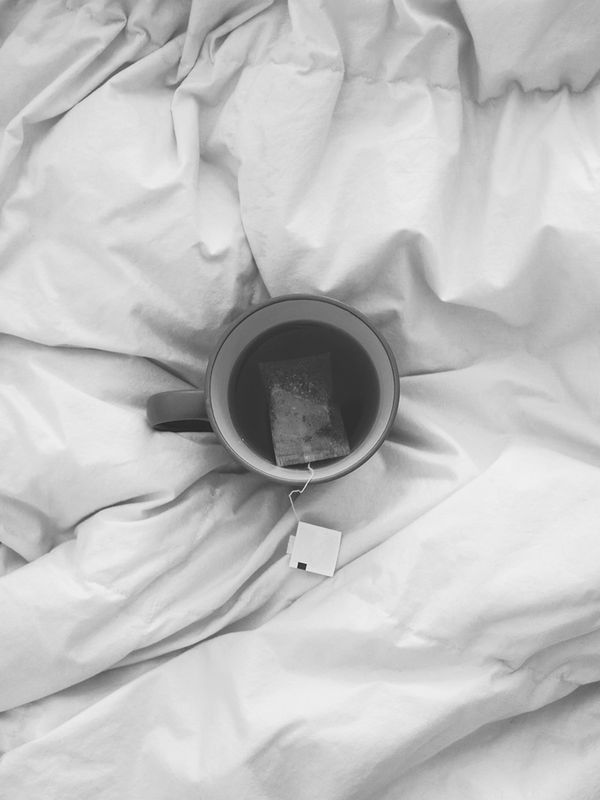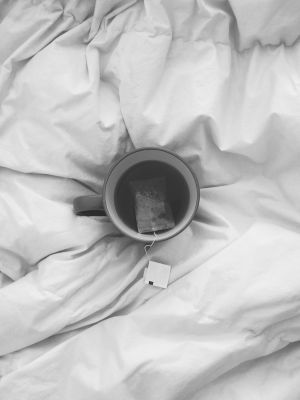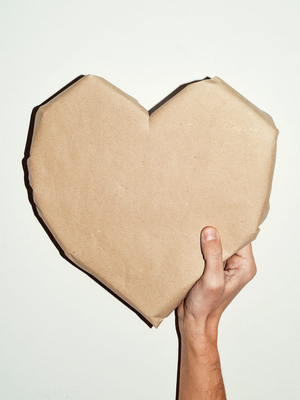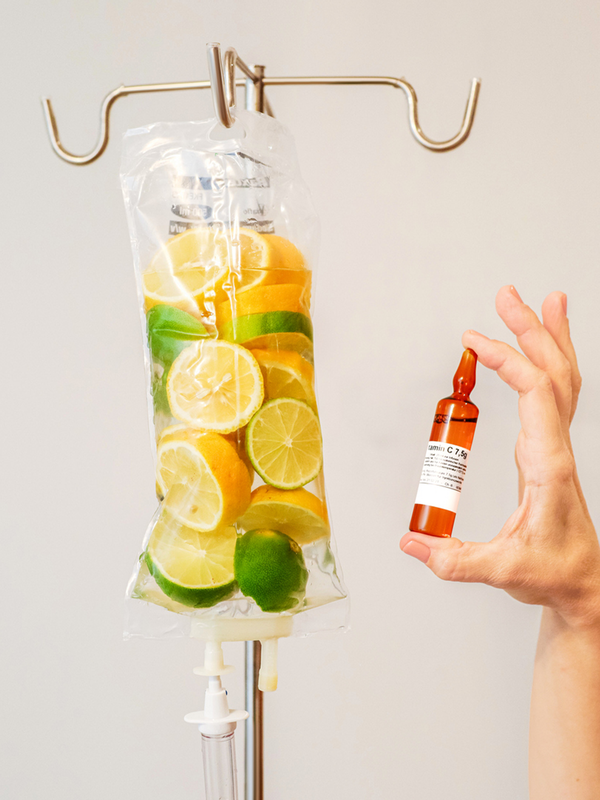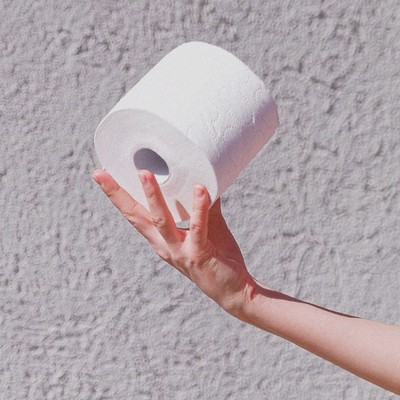
Bladder Health 101: What’s Normal & What’s Not
There Are Two Types Of Incontinence
The medical name for leakage is incontinence, and there are two different kinds that affect women, explains Helen Keeble, clinical specialist physiotherapist in pelvic health and co-founder of Umi Health. “Stress incontinence is when you leak from your bladder when physical stress is placed on the body – i.e., when you lift, jump, cough, sneeze or blow your nose.
"Urge incontinence, on the other hand, happens when you leak from the bladder after having the urge to go to the loo – it happens when you aren’t able to either delay or knock off the urge to wee, or make it to the loo in time.” Women in their 20s and 30s tend more towards stress rather than urge incontinence, but it’s possible to experience either at any age.
Not Everything Is A Result Of Childbirth
There’s a common misconception that a weak pelvic floor only affects women who’ve had a baby. But there are plenty of other reasons why it may be happening. “Stress incontinence is usually caused by the pelvic floor muscles not being quick or strong enough, or they may be too tense and stiff. Having a baby can certainly weaken the pelvic floor or leave it not working optimally, but so can many other things.
"For example, you’re more at risk if you pull in your tummy all the time – some people believe this is better for their posture, but this is not true. Similarly, straining on the toilet to push open your bowels can affect the pelvic floor, as can drinking too much or not enough water, holding your breath when lifting weights, and doing too much core work. Intense exercise can play a role, especially if you do lots of high intensity training,” says Helen.
And when it comes to urge incontinence, this could be down to having an overactive bladder. “This happens when the muscle in the lining of your bladder squeezes more often than usual, or the bladder becomes sensitive to low volumes of urine – this can be made worse by ‘just in case’ wees and drinking caffeine and alcohol.” Women’s health expert Shirin Lakhani adds that urge incontinence can also be caused by a bladder infection, cystitis or obesity, which places excess weight on the bladder.
If You’re A Keen Runner, You May Be More At Risk
If you struggle with a weak bladder, running may be something you avoid, but it could be that a regular 5k habit got you there in the first place. As Shirin explains, “Activities such as road running – and other sports that involve jumping or landing – can increase pressure on the pelvic floor muscles and may increase the chances of incontinence, especially if you also have weak core muscles or a history of back pain.”
However, if you are fit and healthy and a keen runner, no amount of bladder leakage when you run is normal. “If you are experiencing this, speak to your GP as it could be an indication of an infection or a problem with your pelvic floor muscles." At the same time if you are dealing with incontinence, don’t avoid exercise entirely. “Lots of women stop exercising due to their bladder but it’s vital to keep moving in some way as being physically active will help your pelvic floor muscles. Find what you can do now without exacerbating your symptoms and work from there,” says Helen. Consider opting for lower intensity activities such as swimming, Pilates and yoga before building your way back up.
Certain Foods & Drink Can Play A Role
If you think your morning cup of coffee increases your need to go to the loo, you’re not wrong. Both coffee and alcohol are diuretics, which make you pee more. Peeing more often can irritate the bladder, which in turn can lead to urge incontinence. “Drinks like coffee, tea and energy drinks will make it feel like you need to empty your bladder more often,” Helen says.
“Try to stick to one or two of these per day if you struggle with your bladder. It could also be worth avoiding acidic fruits and vegetables, such as citrus fruits and tomatoes. It’s also important to make sure you are drinking plenty of water. Lots of women limit how much they drink when they have bladder problems, but dehydrated urine irritates the bladder and can make the problem worse – aim for two litres per day.” It might also be worth cutting back on sparkling water if you have a weak bladder, as the carbon dioxide it contains can also irritate the lining of the bladder.
Kegels Are Worth Doing
There’s a reason people preach about pelvic floor exercises. “They’re a critical exercise for strengthening the pelvic floor,” stresses Helen. “And that’s crucial in dealing with incontinence. If you’re new to Kegels, start by lying down and take a few deep breaths in. Then to do the Kegel (aka the pelvic floor squeeze), simply tighten and lift the anus, imagining as if you are trying to hold in wind and then fully let go. The letting go of the squeeze is as important as the squeeze itself – if you don’t let go fully then it can lead to a tight and stiff pelvic floor. Take a deep breath in and then repeat this cycle – squeeze, let go, and breathe. Take your time, ensuring a full breath in and out in between every single squeeze and complete up to ten reps.”
Once you feel comfortable with this, Helen says you can level things up by performing in the same way but not letting go straight away, ideally aiming to hold the squeeze for ten seconds. “Once you can do ten short and ten long reps lying down, progress into sitting and then into standing. But be patient – this can take months but it’s worth persevering.”
…But A Pelvic Floor Trainer Isn’t Necessary
“NICE guidelines don’t support the use of pelvic floor trainers or similar gadgets,” Helen tells SL. “This is because Kegels are proven to be so effective – so save your time and money and don’t give into the marketing. Instead, there’s a wealth of free and evidence-based information over at Umi Health – we go into detail about the pelvic floor and Kegels, helping you nail the technique and we even provide pelvic floor muscle exercise programmes for incontinence.”
Seeing An Expert Might Help
While your GP should be your first port of call, a pelvic health physiotherapist can also help. “They are trained at screening and diagnosing bladder problems as well as being experts on the pelvic floor muscles,” says Helen. “Your GP can refer you to a pelvic health physio or you can go privately if you want to be seen quicker and choose who you want to see. If you are based in the UK, the Squeezy App directory is a great place to find pelvic health physios near you.”
Finally, The Latest Innovations Are Changing The Game
Shirin is one of a handful of UK doctors offering two cutting-edge treatments, which both boast an 85-90% success rate. “The O Shot is a platelet-rich plasma injection that is inserted into the anterior vaginal wall and clitoris to regenerate tissue. Results can be seen after just one treatment and can last for more than a year. It can treat incontinence effectively and aid your sex life by improving sensation and lubrication,” she says.
The Emsella Chair, meanwhile, is a breakthrough pelvic floor treatment. “During the procedure, patients sit on the chair fully clothed while they experience 11,200 contractions in a 28-minute session. The treatment targets the entire pelvic floor rather than the 40% which can be activated by doing Kegels.” Most women need a course of six sessions over a period of three weeks to see optimum results, with most women seeing and feeling results after just two or three sessions.
Helen, however, is sceptical of such treatments, and says they should be a last resort. “Don’t be fooled by the hype that comes with new treatments and innovations. They may work in the short term, but problems can return after a few months, and they can be very expensive. If anything, start with your pelvic floor exercises – get your squeezes done and save your pennies.”
For more information visit HelenKeeble.co.uk, Umi-Health.com and Elite-Aesthetics.co.uk
DISCLAIMER: Features published by SheerLuxe are not intended to treat, diagnose, cure or prevent any disease. Always seek the advice of your GP or another qualified healthcare provider for any questions you have regarding a medical condition, and before undertaking any diet, exercise or other health-related programme.
DISCLAIMER: We endeavour to always credit the correct original source of every image we use. If you think a credit may be incorrect, please contact us at info@sheerluxe.com.


